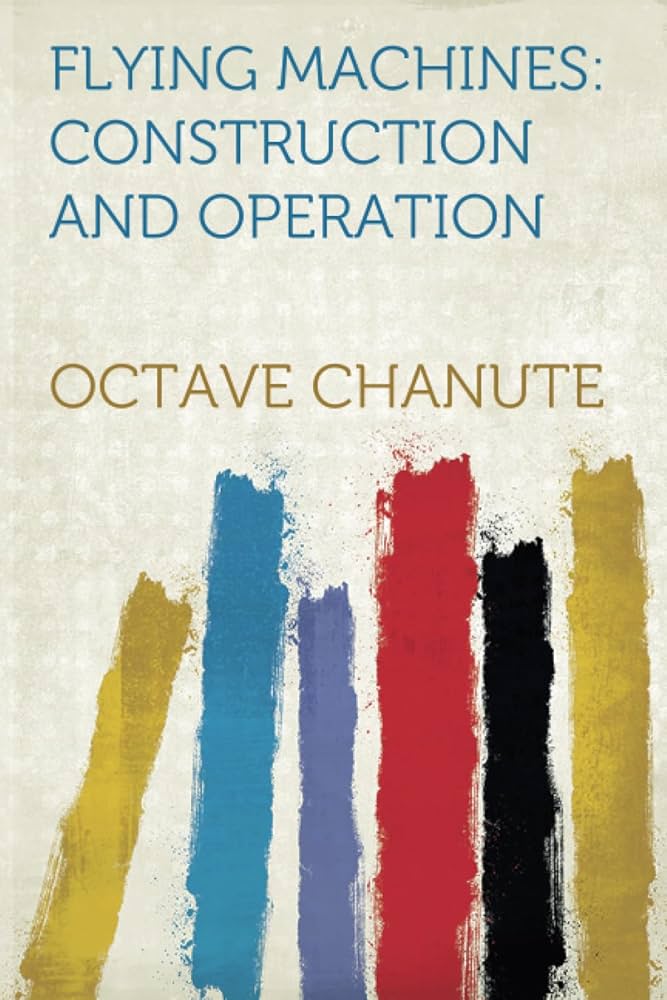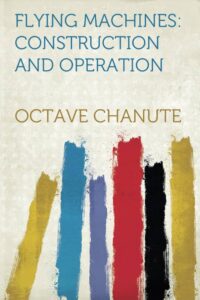Chapter IX — Flying Machines Construction And Operation
byChapter IX — Flying Machines Construction And Operation shifts focus to one of the most essential components of early aviation—the motor. Flight was only made possible when engineers found a way to balance strength, speed, and minimal weight in one reliable machine. This chapter explores how different engines were evaluated, tested, and refined to meet the demanding requirements of flight, where every pound and every horsepower had to count.
A successful aviation motor had to be light enough not to hinder lift but strong enough to sustain long periods of high-speed operation. The Gnome rotary engine gained attention for achieving this balance, using clever design choices like eliminating the flywheel and opting for lightweight alloys. This innovation allowed the motor to maintain strength without unnecessary bulk. Other notable engines from Renault, Fiat, R.E.P., and Curtiss offered variations in cylinder count and cooling methods. Air and water cooling were both used, each with trade-offs in weight and performance. The variety underscored a key reality—no single solution suited every aircraft.
Motor performance didn’t rely solely on the number of cylinders or overall engine size. Instead, factors like combustion timing, cooling efficiency, and friction loss played larger roles than many expected. For example, a seven-cylinder motor might weigh less and perform better than a heavier four-cylinder one due to superior material use and optimized airflow. This defied simple logic and required detailed analysis by engineers. It revealed that a deep understanding of mechanical harmony was needed to avoid false assumptions. Success lay in designing every part to work together under flight conditions.
A common misunderstanding was assuming more horsepower would automatically result in faster or better flight. The reality was more nuanced. Increased power sometimes led to diminishing returns if the additional weight offset the gain in thrust. Aircraft motors had to do more than produce raw force—they had to do so efficiently and consistently. Overheating, vibration, and uneven fuel flow could reduce performance despite high horsepower ratings. The relationship between motor output and flight velocity depended heavily on how well that energy was converted into forward motion through the propeller.
Propeller design had to match the motor’s characteristics, not just spin quickly. The wrong match could waste energy or even damage the craft. Curtiss, Bleriot, and the Wright brothers each developed distinct propeller models tailored to their aircraft’s powertrain and flight goals. Some emphasized thrust, others prioritized smooth torque delivery or higher revolutions per minute. Materials ranged from laminated wood to advanced composite configurations, shaped by trial and observation. These differences highlighted how aerodynamics and engineering were inseparable. Propellers weren’t just accessories—they were critical in turning motor energy into meaningful flight.
Santos-Dumont’s use of the Darracq motor provides a cautionary example of misaligned expectations. Commissioned for aviation use, the Darracq engine initially showed promise but failed to meet the necessary balance between power and weight. Despite its pedigree, it was too heavy for sustained flight and eventually had to be abandoned. This case underscores the difficulty in adapting motors built for other industries to aviation. Purpose-built engines proved to be the only path forward, leading to innovations specifically designed for the skies. Failure, in this context, was a stepping stone to more effective solutions.
Even with all the advancements of the time, perfection remained out of reach. Some motors excelled in performance but lacked durability. Others were dependable yet too heavy or inefficient. The ideal combination of traits—lightweight build, high power output, low fuel consumption, and reliability—had not yet been achieved. This challenge drove ongoing experimentation. Engineers kept modifying materials, reshaping pistons, and testing new fuels in their pursuit of the optimal motor. Their persistence laid the groundwork for future breakthroughs in aeronautics.
What made these developments extraordinary was the collaboration between intuition and data. Designers didn’t rely solely on formulas—they learned from flights, crashes, and countless mechanical adjustments. Each test revealed something new about vibration limits, airflow cooling, or torque transmission. What emerged was a deeper understanding of how all systems had to work together in harmony. It wasn’t about building the strongest engine, but the smartest one. That philosophy continues to shape aircraft engineering even today.
This chapter stands as a testament to the blend of creativity and science that powered early aviation. Each motor represented more than metal and fuel—it was a product of human ambition and relentless curiosity. The search for the perfect flying machine would not be won with brute force alone. It required listening to the machine, learning from failure, and refining every detail. In that journey, aviation took flight not just physically, but as a symbol of innovation in motion.


